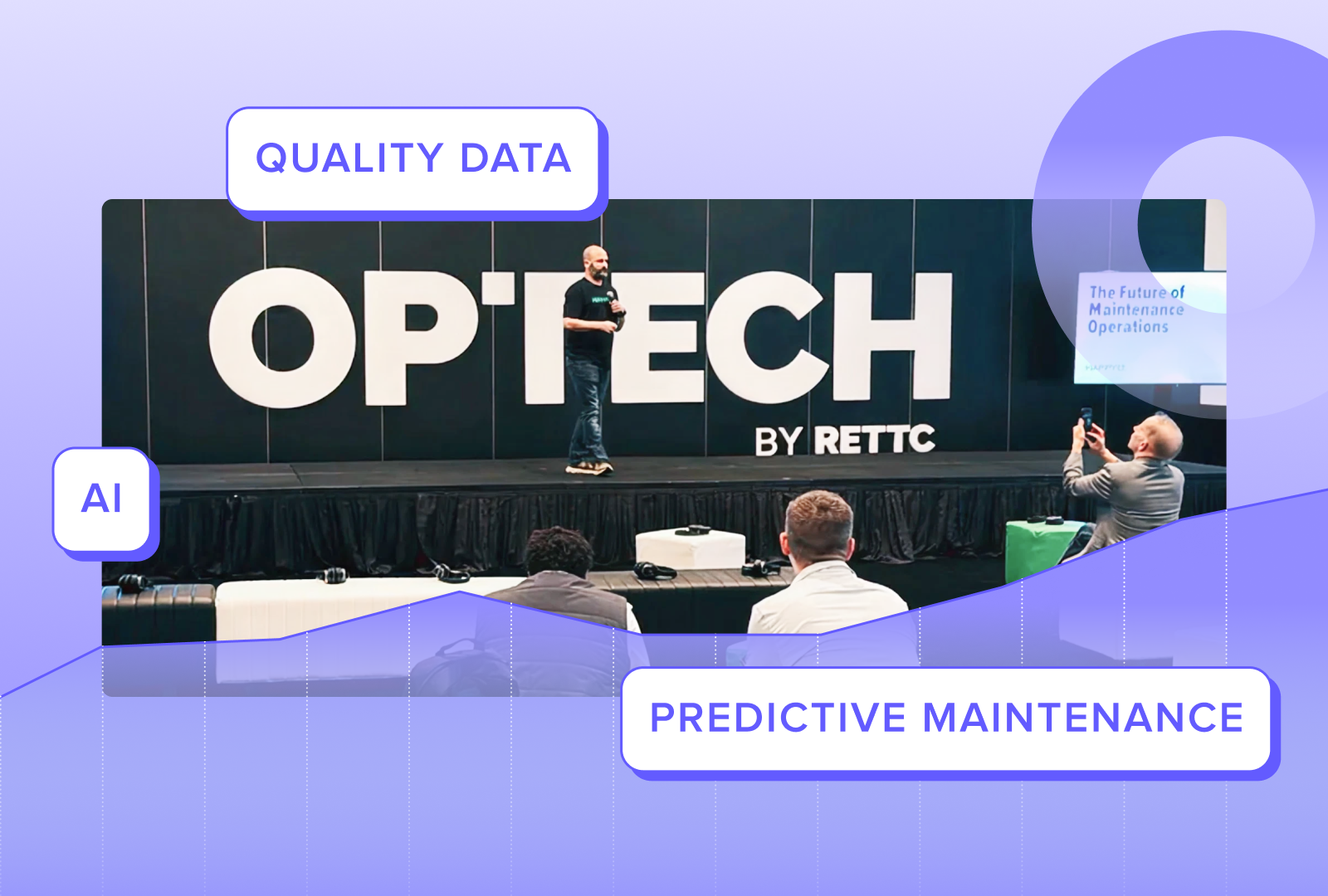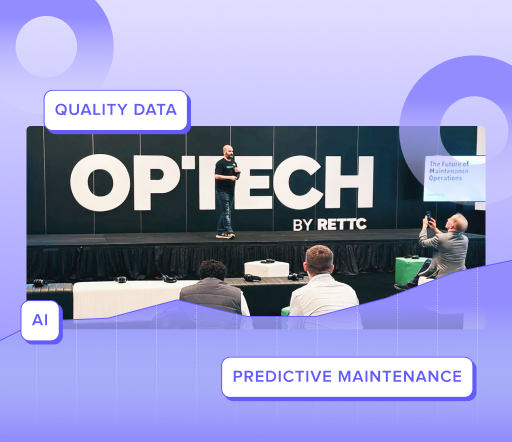At HappyCo, we've been hitting the multifamily conference circuit for well over a decade. OPTECH, now led by RETTC, has always been a strong signal for where the market’s heading.
This year, one topic came through loud and clear: we've moved past AI hype and into the practical implementation phase.
But while session after session focused on leasing automation, chatbots, and resident communication tools, the conversation kept circling back to the same fundamental challenge: data quality.
“AI will only win if data wins,” Bindiya Mano from Continental Properties stated during The Future of Data panel. She’s right. And that's exactly where multifamily operations are headed next.
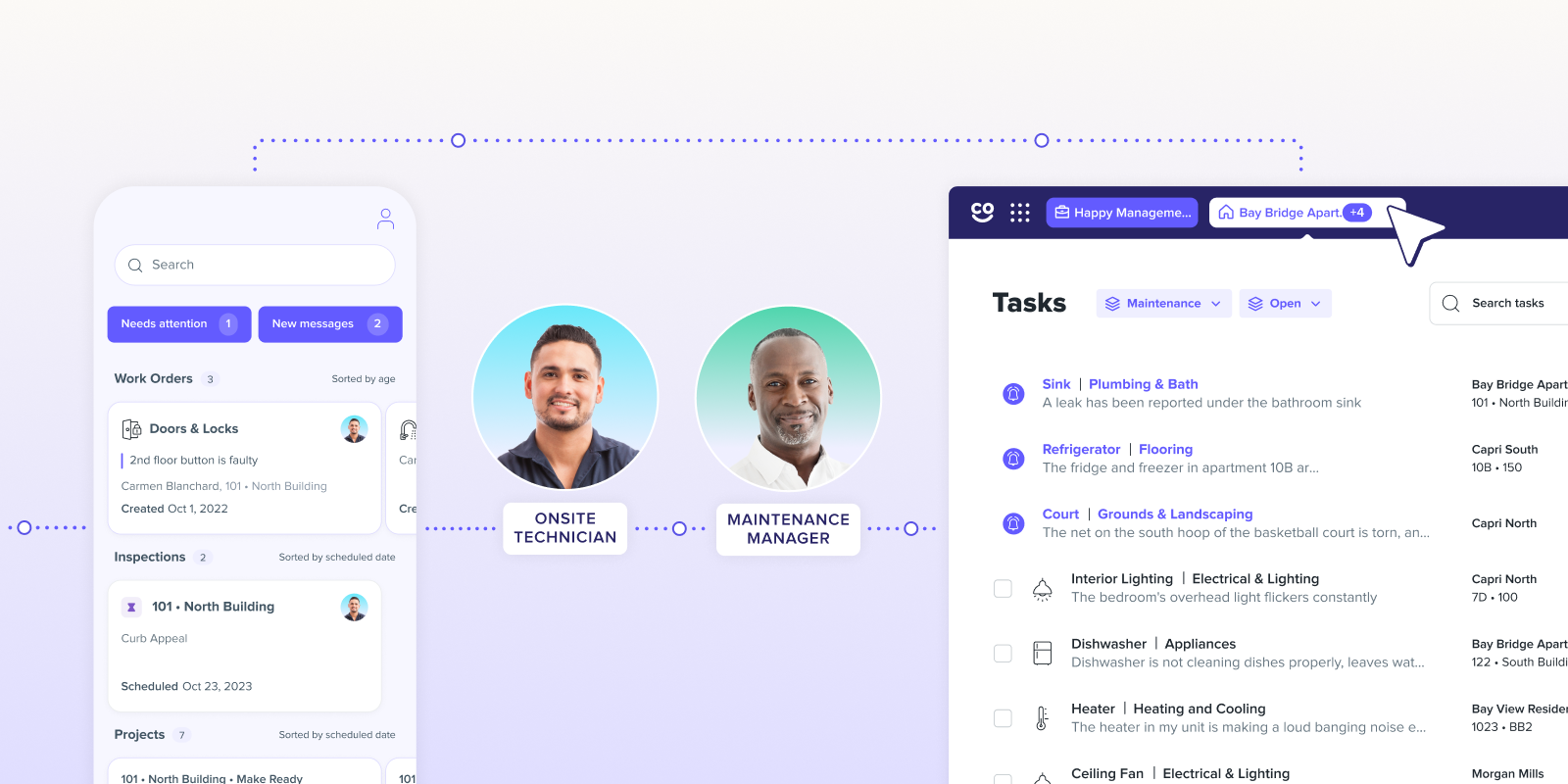
The Back Office Problem Nobody Talks About
Everyone's rushing to automate the front office, and rightfully so. Tour scheduling, lead nurturing, automated follow-ups, these tools are table stakes now. They work because the data they need is relatively clean and structured. Prospect inquiries, tour bookings, and lease applications; it's all captured in systems designed to track those interactions.
Maintenance operations? That's a different story.
When a technician completes a work order and logs "complete," what actually happened in that unit? What did they observe? Why did the part fail? What else looked questionable while they were there? In most operations, that knowledge walks out the door with them.
During the session Personalization in the Age of AI, Scott Berka from Greystar made a great point: "The tools are only as good as the processes that surround them." He was talking about technology adoption, but it applies just as much to data capture.
We've built incredible property management systems, work order platforms, and maintenance tracking tools. But if the data going into those systems is inconsistent, or worse, nonexistent, no amount of AI is going to create operational intelligence from that.
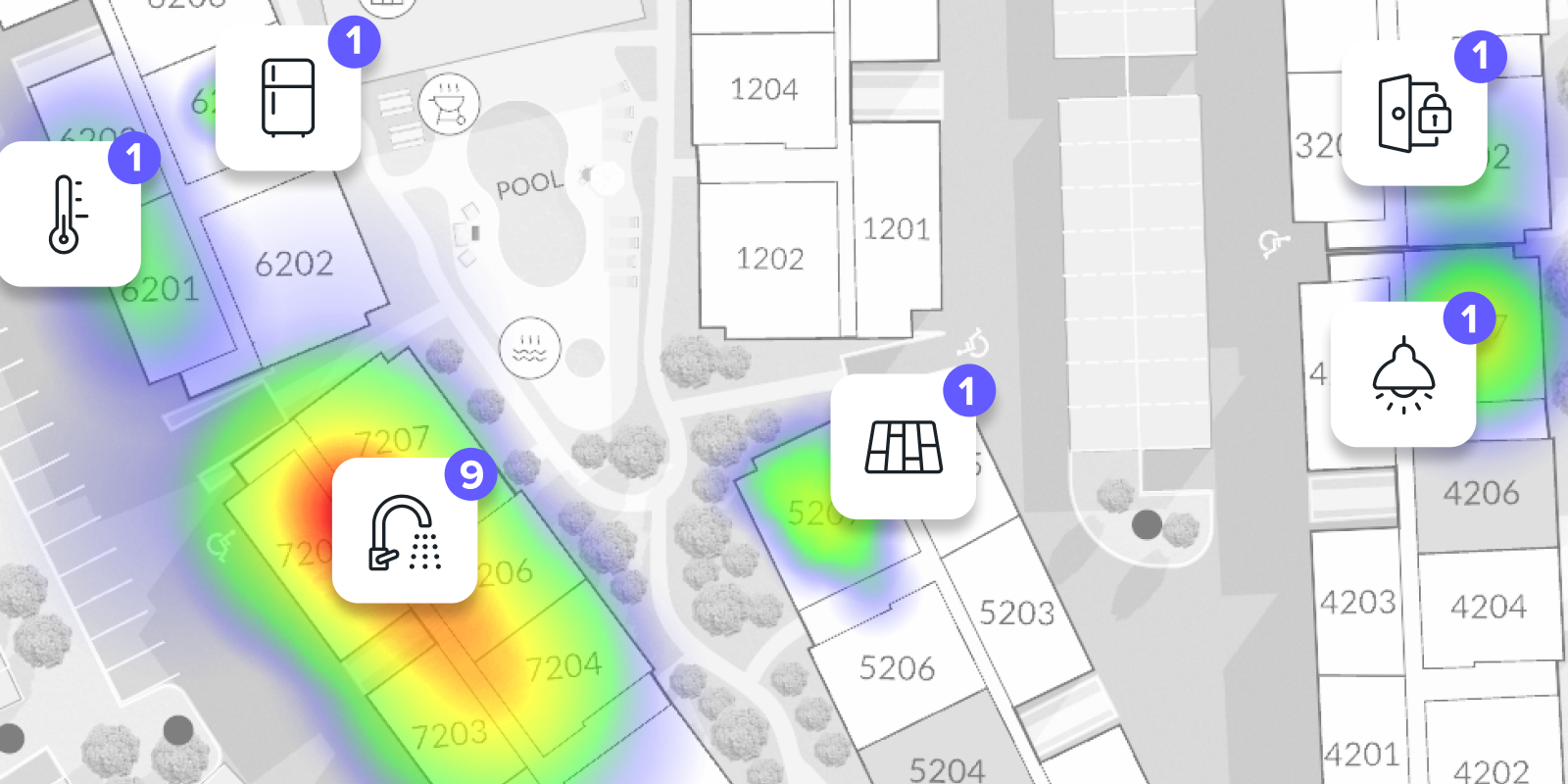
What Preventive Maintenance Actually Requires
During OPTECH, I shared the future state of maintenance operations, walking audiences through a scenario most operators recognize immediately: you look at a property heat map and see six or eight work orders clustered in one corner of a building.
Your first thought? Old building. Bad luck. Maybe a high-maintenance resident.
The reality? There's a roof leak spreading damage across multiple floors. By the time those work orders hit your system, you're already paying for mold remediation, displaced residents, and one-star reviews.
That's reactive maintenance. You're seeing the problem only after it's already cost you money, time, and reputation. Real preventive maintenance requires something different: structured, searchable data that can surface patterns before they become problems.
“Complete” logged in a work order system only gets you so far. Institutional knowledge that lives in a technician's head doesn't scale. What you need is actual documentation: what was fixed, why it failed, what materials were used, how long it took, captured consistently and structured so systems can analyze it.
That's the data foundation AI needs to deliver the predictive intelligence everyone's talking about, but haven’t quite executed on. HappyCo is changing that.

Why Field Teams Are the Key
Anna Malhari from Veris Residential made another observation that hit. She said smaller firms have an advantage because they can make decisions faster, within weeks instead of quarters, and impact the whole business immediately.
She's right about speed, but there's something even more fundamental: successful technology adoption starts with the people who actually use it.
The hardest person to sell software to isn't always the executives who hold the purse strings. It's the onsite team – the end-users like technicians. They're dealing with a thousand things simultaneously, and if your new tool adds friction instead of removing it, adoption fails.
This came up repeatedly throughout the conference – technology should let teams on the human-centered tasks and resident experience. The administrative overhead, the documentation, the data entry – that's exactly what AI should handle.
When we debuted Voice Assist, that principle was written into the DNA of what we’re building. Technicians already talk through what they're doing. They describe the problem, explain the fix, and note what materials they used.
So instead of asking them to type detailed notes on a mobile device while standing in a mechanical room, we give them the freedom – and more time – to diagnose problems naturally.
Let AI automation do what it was meant to do: eliminate manual processes, speed up routing, categorizing structured notes, and matching resources and materials that, historically, has taken days or weeks.
Early results from our customers are already validating this approach. Across nearly 500 work orders in only the first few weeks, technicians completed voice-powered documentation 86% of the time. That adoption rate tells you something important: when technology removes friction instead of adding it, people actually use it.
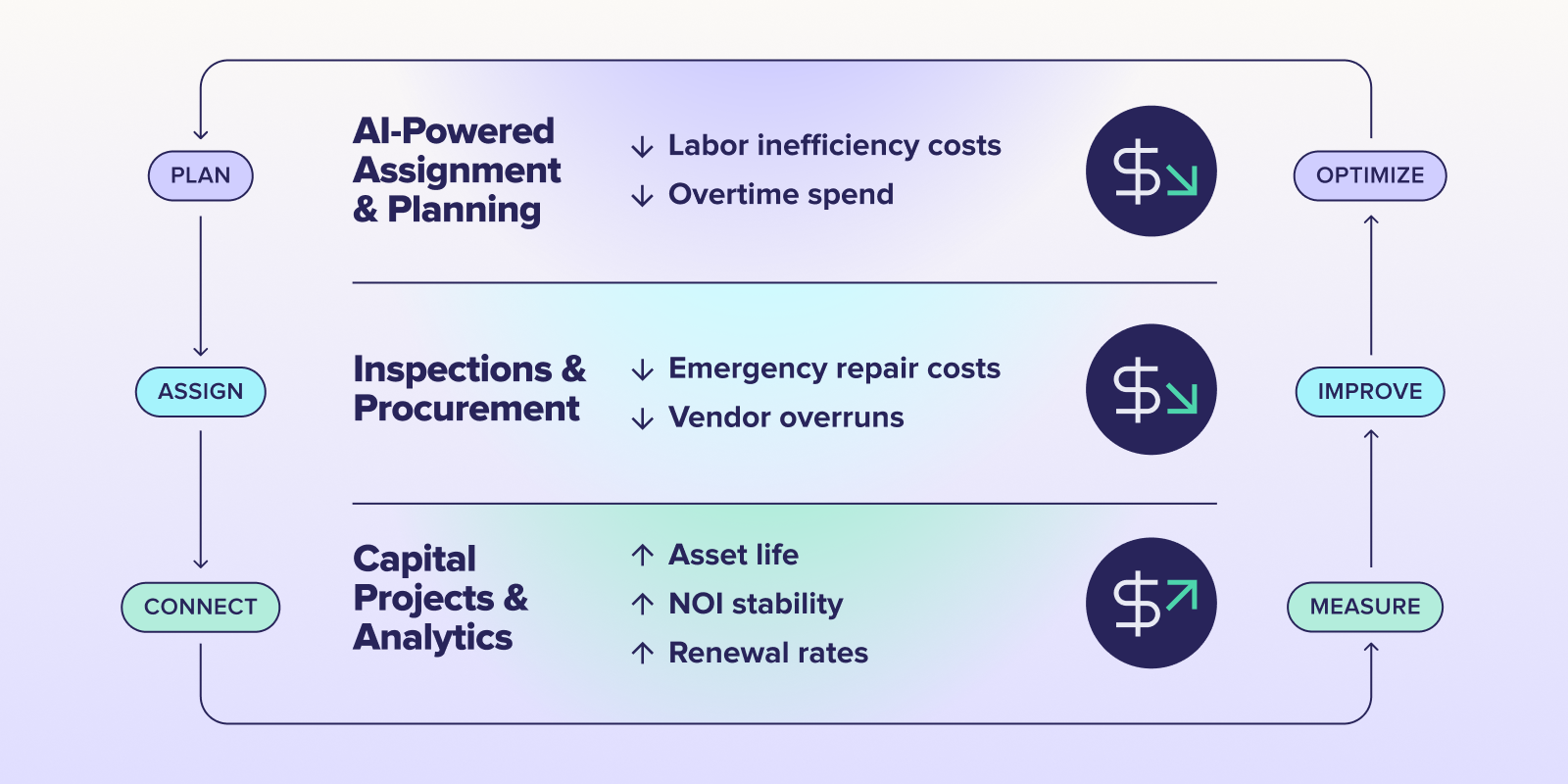
What Connected Operations Actually Looks Like
At the FuturesLab stage, I revealed what a truly connected maintenance ecosystem delivers: AI-powered work order assignment that gets the right technician on the right job at the right time. Inspection records that feed predictive maintenance programs automatically.
Procurement systems synced with maintenance schedules and capital plans. Communication tools keeping owners and residents informed proactively. Analytics that surface insights before problems escalate into work orders.
Every system. Every signal. Every insight connected.
Not to collect more data, but to make better, faster, smarter decisions in real time.
For example, HappyCo customers like Blanton Turner have built centralized maintenance operations on this foundation, cutting unit turns from 12-14 days to 5.7 days on average. Their technicians manage 150-175 units each – performance that's only possible when operational data infrastructure supports strategic decision-making instead of reactive firefighting.
As Heidi Turner from Blanton Turner told us: "AI doesn't fix buildings, people do. When you can leverage technology to respond faster, communicate better, and show up for residents proactively, everything else – efficiency, performance, culture – follows."
Beyond the Hype
The overarching theme at OPTECH this year was moving beyond AI hype toward practical applications. That's exactly the right focus.
AI has already transformed leasing, pricing, and marketing. Now it's time for it to transform onsite operations – the backbone of multifamily operations and the maintenance teams who keep properties running.
Automation for efficiency's sake misses the point. The future of maintenance is about anticipating what’s next, giving teams what they need to act before a problem ever reaches the work order queue – and impacts revenue or residents.
That's what we're building at HappyCo – a connected ecosystem that keeps properties protected, teams ahead, and residents happy.
The experience just works. Quietly, by design.
And it all starts with data that wins.

Ben Nowacky is the President at HappyCo and leads the product development and engineering teams across North America and Australia. In this role, Ben is responsible for executing the company’s overall product strategy while ensuring business continuity and data security. He leads with a customer-first methodology and promotes alignment between the product, engineering, and go-to-market teams. Prior to joining HappyCo in 2022, Ben was the Chief Product and Security Officer at Axcient and brings more than 20 years of product and technology experience to his role.

Ben Nowacky is the President at HappyCo and leads the product development and engineering teams across North America and Australia. In this role, Ben is responsible for executing the company’s overall product strategy while ensuring business continuity and data security. He leads with a customer-first methodology and promotes alignment between the product, engineering, and go-to-market teams. Prior to joining HappyCo in 2022, Ben was the Chief Product and Security Officer at Axcient and brings more than 20 years of product and technology experience to his role.



